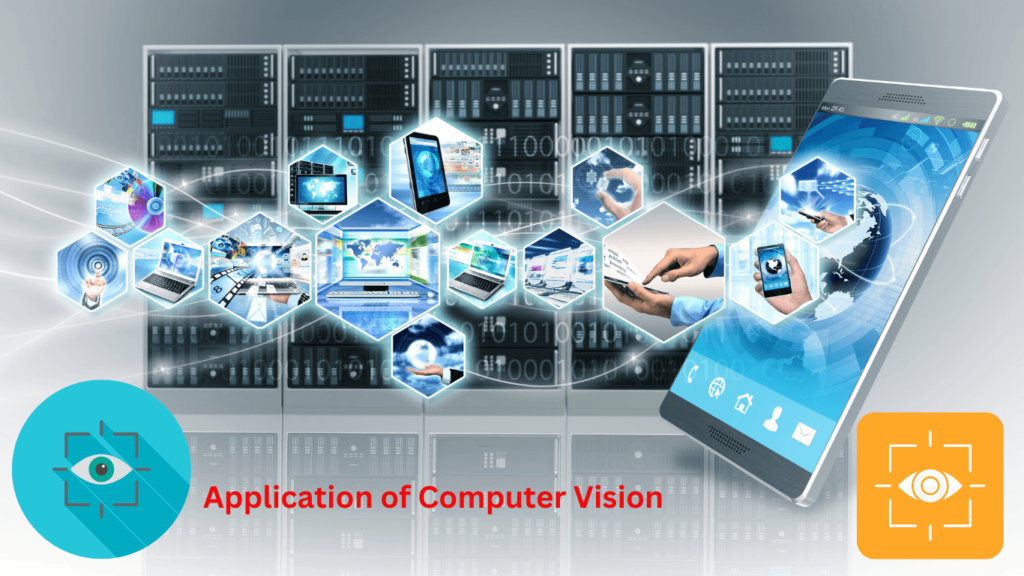Seeing the Future: How Computer Vision is Transforming Industries Through AI
In today's rapidly evolving technological landscape, computer vision stands out as a transformative force reshaping various industries. By harnessing the capabilities of artificial intelligence, businesses are now equipped to analyze and interpret visual data with remarkable accuracy and speed. From enhancing security systems to revolutionizing medical imaging, the integration of machine learning and deep learning algorithms allows machines to mimic human visual perception and make insightful decisions based on what they see.
As industries embrace automation and smart technology, the applications of computer vision are becoming increasingly diverse. Companies are leveraging image recognition and video analysis to streamline operations, improve quality control in manufacturing, and optimize supply chain management. This surge in visual data processing is not just about efficiency; it also empowers organizations to gain deeper customer insights, predict trends, and enhance user experience across platforms. With the advent of augmented reality and autonomous vehicles, the future promises an even greater impact as businesses continue to innovate and integrate these powerful tools into their strategies.
The Impact of Computer Vision on Industry
Computer vision, a critical component of artificial intelligence, is driving significant changes across various industries by enhancing automation and improving operational efficiency. This technology enables machines to interpret and understand visual data, leading to advancements in processes like image recognition, video analysis, and object detection. Businesses can automate mundane tasks, reduce errors in quality control, and achieve higher levels of precision in manufacturing operations, fundamentally reshaping their workflows and productivity.
In the realm of healthcare, computer vision has revolutionized medical imaging, allowing for more accurate diagnostics and quicker interpretations of imaging data. Deep learning algorithms analyze medical scans with remarkable detailed insights that assist healthcare professionals in making informed decisions. This innovation not only improves patient outcomes but also facilitates predictive analytics that can anticipate future health issues, further emphasizing the need for smart technology integration in wellness management.

Furthermore, the impact of computer vision extends into the fields of agriculture and transportation. In agricultural technology, it aids in crop monitoring and disease detection, optimizing resource management and enhancing yield predictions. Autonomous vehicles leverage computer vision for real-time processing of the surroundings, ensuring safer navigation and efficiency in transportation. As industries continue to embrace these technologies, the potential for transformative change is limitless, paving the way for smarter cities and improved quality of life.
Innovations Driven by AI and Machine Learning
Artificial intelligence and machine learning have paved the way for groundbreaking innovations in computer vision that are reshaping various industries. Image recognition algorithms have significantly improved, allowing for real-time object detection and classification. This advancement is particularly noticeable in sectors like retail and security, where systems can analyze customer behavior and identify potential threats with unprecedented accuracy. By leveraging deep learning techniques, businesses are not only enhancing customer experiences but also automating processes that once required manual oversight.
In the realm of healthcare, AI-driven computer vision technologies are transforming medical imaging by enabling faster and more accurate diagnostics. With advanced Changing the Game: How Computer Vision is Shaping AI Industries , radiologists can detect anomalies such as tumors or fractures with greater precision, significantly impacting patient outcomes. These innovations are also applicable in agricultural technology, where machine learning models analyze crop images to monitor health and optimize resource management. This leads to smarter farming practices that improve yield and sustainability.
Moreover, industries are harnessing video analysis to drive automation and efficiency. For example, manufacturing facilities implement surveillance systems integrated with AI to monitor equipment and detect faults in real-time. This innovation enhances manufacturing efficiency and supports predictive analytics by forecasting maintenance needs before they become critical. As businesses continue to integrate these smart technologies, the potential for digital transformation expands, creating a ripple effect across sectors, from transportation innovation to enhanced user experiences in the gaming industry.
Future Trends and Challenges in Visual Technology
As computer vision continues to advance, we can expect significant trends that will shape the future of various industries. One of the most notable trends is the increasing integration of augmented reality in everyday applications. This technology will enhance user experiences in retail analytics and gaming, allowing for interactive visual environments that blend digital and physical spaces. Additionally, the rise of autonomous vehicles will push the boundaries of object detection and video analysis, requiring more sophisticated algorithms for real-time processing and decision-making on the road.
Despite the promising advancements, challenges remain that could hinder the full adoption of visual technology. Issues related to data privacy and security will be paramount, especially in applications involving facial recognition and surveillance systems. Organizations must navigate the fine line between leveraging computer vision for security solutions and protecting individual privacy rights. Furthermore, the need for robust and unbiased machine learning models is crucial to prevent discrimination and ensure ethical use of technology across different sectors.
Finally, the demand for skilled professionals in data processing and algorithm optimization will grow as industries seek to implement these innovative technologies. Companies will need to invest in training and development to maintain their competitive edge in the evolving landscape. As digital transformation accelerates, balancing innovation strategies with resource management and supply chain automation will be essential for businesses striving to harness the full potential of computer vision and artificial intelligence.